TABLE 14-16
What are the factors that determine the acceleration time (in sec.) from 0 to 60 miles per hour of a car? Data on the following variables for 171 different vehicle models were collected:
Accel Time: Acceleration time in sec.
Cargo Vol: Cargo volume in cu. ft.
HP: Horsepower
MPG: Miles per gallon
SUV: 1 if the vehicle model is an SUV with Coupe as the base when SUV and Sedan are both 0
Sedan: 1 if the vehicle model is a sedan with Coupe as the base when SUV and Sedan are both 0
The regression results using acceleration time as the dependent variable and the remaining variables as the independent variables are presented below.
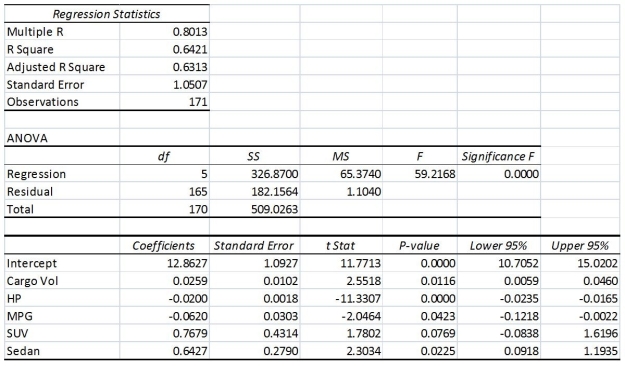
The various residual plots are as shown below.
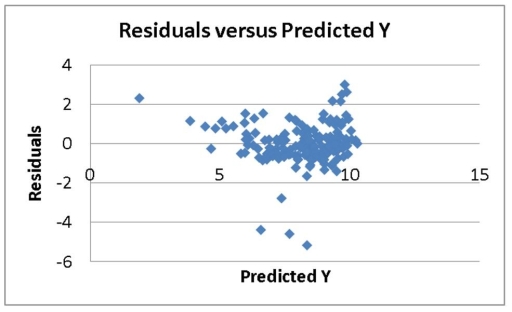
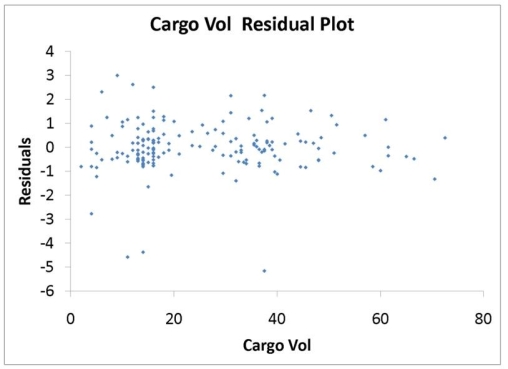
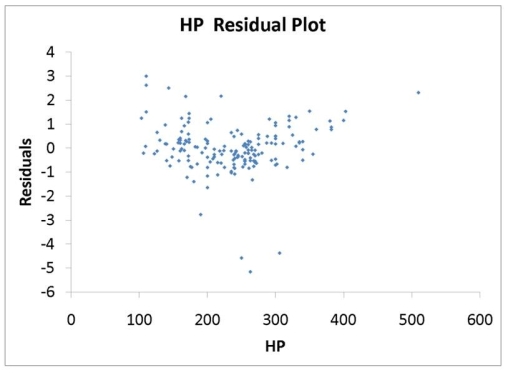
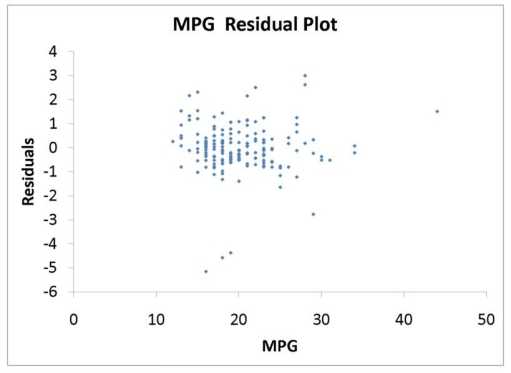
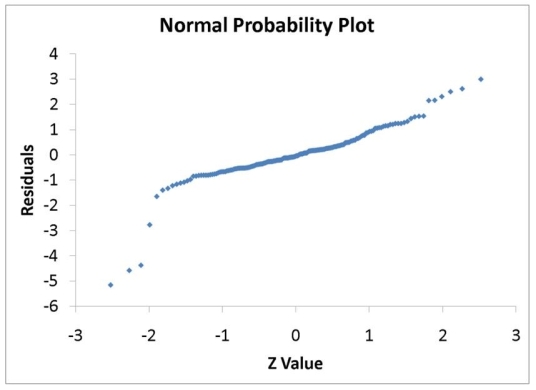

-Referring to 14-16, what is the correct interpretation for the estimated coefficient for MPG?
Definitions:
Income Tax Allocation
The process of assigning the income tax expense or benefit to various accounting periods or components.
ASPE
Accounting Standards for Private Enterprises; a set of accounting policies and principles developed for use by private companies in Canada.
Jointly Controlled Enterprises
A business arrangement between two or more parties who share control over the business operations and decision-making process.
Proportionate Consolidation
An accounting method where an investor entity combines its share of each of the assets, liabilities, income, and expenses of a jointly controlled entity with similar items, line by line, in its financial statements.
Q2: Referring to Table 13-4, the least squares
Q5: Referring to Table 15-6, what is the
Q5: Referring to Table 16-12, the best interpretation
Q25: Referring to Table 12-19, the calculation of
Q60: A real estate builder wishes to determine
Q84: Referring to Table 16-3, if a three-month
Q90: Referring to Table 15-3, suppose the chemist
Q110: The principle of parsimony indicates that the
Q170: Referring to Table 12-15, what is the
Q340: Referring to 14-16, what is the p-value